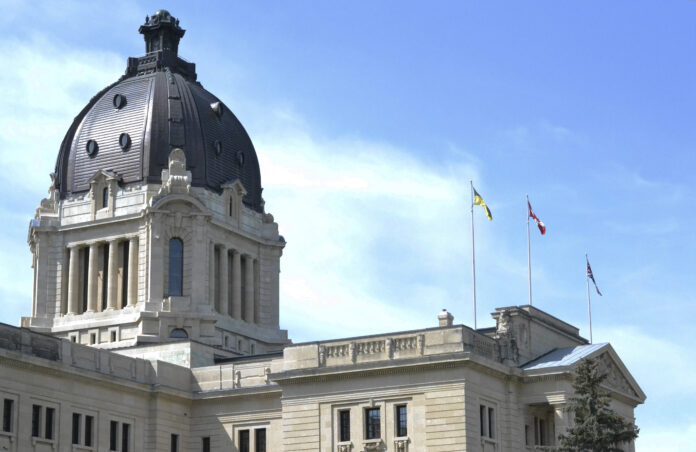The Canadian Mental Health Association said it is “pleased” with investments announced in this year’s budget.
In a statement released Monday, the organization’s Saskatchewan Division said improvements to harm reduction and addiction treatment, mental health components of the newly-announced urgent care centres in Regina and Saskatoon and minor improvements to community-based organizations are all “needed and appreciated.
“While the government has put some resources into mental health and additions issues in recent budgets, there is much left to do,” CMHA said.
The organization urged the government to put resources into preventative, upstream and community-based services which keep people out of medical-based services and are needed for a complete continuum of serv9ces.
They also called on the province to hit the goal set by the Mental Health Commissioner of Canada of nine per cent of the health budget directed to mental health needs. The province is currently spending about seven per cent of its budget on mental health supports.
A two percentage point increase would add about $130 million to the mental health budget. “We look forward to collaborating with the government to assist in any way we can as the system continues to improve with investments in these important areas.”
While CMHA was encouraging, other organizations, such as Prarie Harm Reduction, have criticized the budget as not coming near enough to meeting the mental health needs of the province.
The budget included just $7 million in additional community-based supports for addictions and mental health, along with about $16 million for in-hospital supports.
Suicide prevention expert Jack Hicks Hicks said the province is “doing a classic thing” by attributing spending on mental healthcare overall as suicide prevention. He equated spending on psychiatric care to “building prisons instead of doing crime prevention.”
“That would be entirely the wrong thing to identify as suicide prevention spending. Because if you’re not reducing the number of people who need psychiatric care, then you’re really not doing suicide prevention,” Hicks said.
Hicks said suicide prevention, particularly among northern Indigenous youth – who are the most at risk in Saskatchewan – means to focus on improving quality of life for children.
Hicks said any suicide prevention plan for youth needs to address “early childhood adversity” by “dealing with risk factors like child abuse and poverty.”
“It’s basically what I expected, they don’t get the need to focus on early childhood adversity. Let’s face it, that would have cost money, and it would have cost staff resources,” Hicks said.
The province promised to “further expand mental health first aid training across the province, and enhance research to support local suicide prevention with a specific focus on northern youth.”
Health Minister Paul Merrimanpointed to the government’s record investment in the healthcare budget, that he said “will carry us forward by continuing to build on our investments in mental health and addictions issues.”
The province said it is still committed to “take steps that will reduce suicide rates among our province’s Indigenous population” despite setbacks in its plan attributed to the COVID-19 pandemic.
The Saskatchewan Health Authority is working to improve safety within hospital and inpatient settings to reduce suicide risks in its facilities, the health ministry said.
- With files from Michael Bramadat-Willcock


